Gardening is known to boost your immune system, build you muscles, help you sleep better and protect your memory as you age – to name just a few benefits.
benefits.
For delicious, hot produce and easy maintenance, what better plant to home garden than a chilli plant?
Of course, things can go wrong if you don’t care for it correctly, with one of the most common issues seen on these kinds of plants being dehydrated chilli and wilting chilli plant leaves.
If your chilli plant is dehydrated the chances are it is wilting and needs some help. Other issues can also cause a chilli plant to wilt.
This article has lots of information and tips to help you get your chilli plant back to full health so that you can continue to enjoy delicious, plump fruits from it all growing season.
Let’s take a closer look at growing chilli plants, and what to do if they are dehydrated and wilting:
Why Do I Have A Dehydrated Chilli?
A wilted chilli plant is quite a sad sight to see, especially when you have nurtured your plant everyday and you have no idea why suddenly it is so droopy and sad looking.
When this happens it is so easy to react with panic, pouring over more water, moving the plant or smothering it in fertiliser hoping for the best.
If this is you – please stop! You can do so much more harm than good acting reactively without rhyme or reason. With a little bit of troubleshooting you have a much better chance of not only understanding why you have a wilted chilli plant, but also understanding how to fix the problem.
Here are some common reasons that you have a dehydrated chilli plant:
The Problem – Your Plant Is Dehydrated
Surprise, surprise, your dehydrated chilli plant is, well, dehydrated! It happens, especially if you don’t have a watering regime or you have under-estimated the amount of water your chilli plant needs.
You can check this out by using your finger to feel the soil down to about an inch or two from the top. If it feels dry for at least the first inch, you have a dehydrated chilli. You can buy special moisture meters for this job but in reality, they aren’t usually made well and nothing beats a finger for checking moisture levels.
The only exception to the rule is with baby pepper plants which can rot if they are too wet, but should stay consistently moist. Ideally, they will never feel super dry and should be consistently tended to, otherwise they may simply fail and dry up.
The Solution – Water & Apply A Watering Plan
It is so common for chilli plants in containers or in areas prone to heat waves to dry out and require more regular watering. If your dehydrated chilli is dry, adjust your watering regime and keep it regular. Irregular watering of chilli plants can leave them stressed and may hinder their growth. If they are without water for too long they will also die.
Chilli plant constantly drying out in the sun? Add a layer of orchid bark on the top layer of soil to keep evaporation rates down.
The Problem – Too Much Water
This is one of the most common issues with plants, caused by helicopter plant parenting – IE tending to the plants too much! It is easily done but it can cause root rot which if caught in time, won’t fully kill the plant. If it isn’t resolved, however, it can completely kill the plant.
The Solution – Prevention & Perhaps Cure
You can prevent root rot by ensuring you keep to a regular watering regime that stops the chilli plants getting waterlogged. They should also have well draining soil which can be made easily by adding about 10% perlite and 10% vermiculite to your compost. As the chilli plant’s roots are shallow it is important not just to concentrate good drainage on the bottom of the pot/ bed and ensure all the soil that surrounds the plant is loose and well-draining.
If you do find your potted chilli plants are constantly wilted and you suspect root rot you can shake off the saturated compost, trim off any brown or mushy roots and then repot the remaining root ball and plant in fresh, dry, well draining soil. For a demonstration, you can check out a video on trimming off roots in this handy Youtube video.
The Problem – Too Much Sun
Even with a great watering regime too much sun can leave a chilli plant looking dehydrated and wilted. The key is to see when the chilli plant looks wilted. If it tends to be in the middle of the day, but when the sun has gone in it is pert again, the sun is the issue.
This happens because of a process called transpiration which is where the plant removes most of the water it sucks up by moving it from the roots to the stems and out through the leaves. This process is natural but it gets sped up in the hot sun to a degree where the roots can’t keep up and the plant ends up wilting.
The Solution – Try Different Things
It might be that this dehydrated chilli problem resolves itself if you’re having a temporary heatwave. If it doesn’t you can relocate your peppers to an area with partial shade so they get some relief. You can also create temporary shade with shade sails special greenhouse netting. If the plant is inside you can simply move it to a less sunny spot.
The Problem – Pests
Pests like aphids can literally suck the life out of a chilli plant, causing what looks like a dehydrated chilli. Diseases like fusarium and verticillium wilt can also cause a chilli plant to look wilted and eventually die. You’ll see wilting, leaf yellowing and generally sad looking chilli plants if they have pests and diseases.
The Solution – It’s A Personal Choice
With pest control it tends to be a personal choice as to how you decide to deal with them. Some people simply rinse aphids off, and others like to use a store-bought product. One thing that is imperative, though, is that the product or homemade solution is suitable for edible crops and that it is environmentally sound.
With fungal diseases again, there are multiple lines of thinking on how to deal with the issue. There is crop rotation, fungicide and container disinfecting – it all depends on the person. The best thing to do is check out multiple trusted gardener sites on Youtube and what they recommend and make a decision based on your own opinions and feelings on the matter. Even better, speak to a local permaculture club member, or gardening enthusiast who will be able to give you their firsthand tips.
The Problem – Too Much Fertiliser
When you give plants too much fertiliser it causes toxicity which burns the roots of the plant and can eventually kill them.
The Solution – Avoid The Problem, Or Rinse In Response
If this has happened and you can see the dehydrated chilli is because of too much fertiliser, you need to work to flush the fertiliser out of the soil quickly. It is important to know your plant could die and you just have to hope that you acted in time.
If you have gotten away with flushing it, the plant may only suffer some blackened leaf tips, but it will survive the ordeal.
To avoid this happening in the first place you should only fertilise the chilli plant when it needs it, and dilute the fertiliser as much as possible. You can find tips on fertilising your chilli in this Youtube video.
The Problem – Pet Toilet
Sometimes chilli plants can become toilets for wild animals and local cats and repeated exposure to urine in the soil can poison the plant. It isn’t very common but it happens.
The Solution – Protect Your Plants
Try to protect the area around the plant with netting or wire so that animals can’t utilise the bedding for their own personal use.
The Problem – Transplant Shock
If you move chilli plants from inside to outside, or a shaded spot to a sunny spot without hardening them off, they could get transplant shock. It means that they either haven’t had a chance to get used to new light and temperature conditions and so you get a wilted chilli plant, or their roots have been damaged when you planted them into a bigger pot or the ground.
The Solution – Prevent The Problem
The best thing to do is to prevent transplant shock happening because there isn’t much you can do once it is occurring, apart from hoping for the best that the plant is going to be OK.
To prevent transplantation shock you should:
- Gently introduce your plant to it’s new spot for more and more time everyday until transplanting day
- Try not to fertilise the plant in the run up to transplanting as this processes can make the plant stressed
- Keep up with your watering regime up to transplanting day as irregular watering can stress the plant out
- Be gentle when moving the plant from A to B, taking extra care not to damage the roots
- Water the plant well after transplanting
The Problem – Neem Burn
Lots of people recommend using neem as an organic solution to pest issues on chilli plants. The problem is that neem can cause the plant to burn in the sun because it is an oil.
The Solution – Don’t Use Neem
Neem oil isn’t a suitable pest treatment for chilli plants, for the reason above, and should be avoided even when it is diluted. In addition, some scientific papers suggest neem is very bad for certain insect populations and some feel it isn’t suitable for use in the garden. You may use it in the evenings but if you are particularly sensitive to protecting the environment and avoiding any negative impact from your gardening, it is best not to use this product.
Now You Can Turn Your Dehydrated Chilli Into A Beautiful Healthy Chilli Plant!
With the tips and pointers above you’re ready to plump out those chilli plant leaves and get your crops back to normal. With the right prevention and cure you can avoid a dehydrated chilli plant and instead, enjoy endless spicy chilli fruits to use in your home kitchen all growing season long.
Bonus: Quick First Aid for sick dehydrated Chili Plants
- Fill a bucket, sink, container or basin halfway with water. Make sure the container is large enough to fit the entire pot, all the way to and over the rim.
- Plunge the whole pot and plant into the water filled container. The water must cover the whole plant even over the pots rim. It’s all right if water covers some of the foliage. You may need to weigh down the pot with a brick or a stone to keep it from floating in the water.
- Keep the plant in the container until bubbles stop rising from the soil. Bubbles indicate air pockets in soil and roots.
- Keep the plant in the water for at least a half hour after the bubbles stop, to ensure that the soil is completely saturated.
- Remove the pot from the container and allow the plant to drain.
- Place the potted plant in a plastic bag and close it tightly. This step will provide much needed humidity to the foliage while the roots go back into action. Keep the bagged plant in a shady area so that the moisture doesn’t dry out.
- Remove the plant from the bag and move it back to its original location once it has revived. This could take as little as a few hours, or several days. Do not put the plant back into the sun till its looks healthy and green again as the sun will extract water from the plant.
- Give the plant some mulch that will hold moisture and humidity. Remember to water your growing chili plants regularly – Once a day is ideal.
- Prune any brown leaves or stems as they are now most likely dead and we cannot save them.
- Plants in the ground or in pots too big to shift can be treated by pushing the hose as far into the soil around the roots as possible so that it can soak the roots and eliminate any air pockets or dry root balls. Moisten the leaves when watering as it increases humidity around the plants leaves keeping them moist and reducing dehydration.



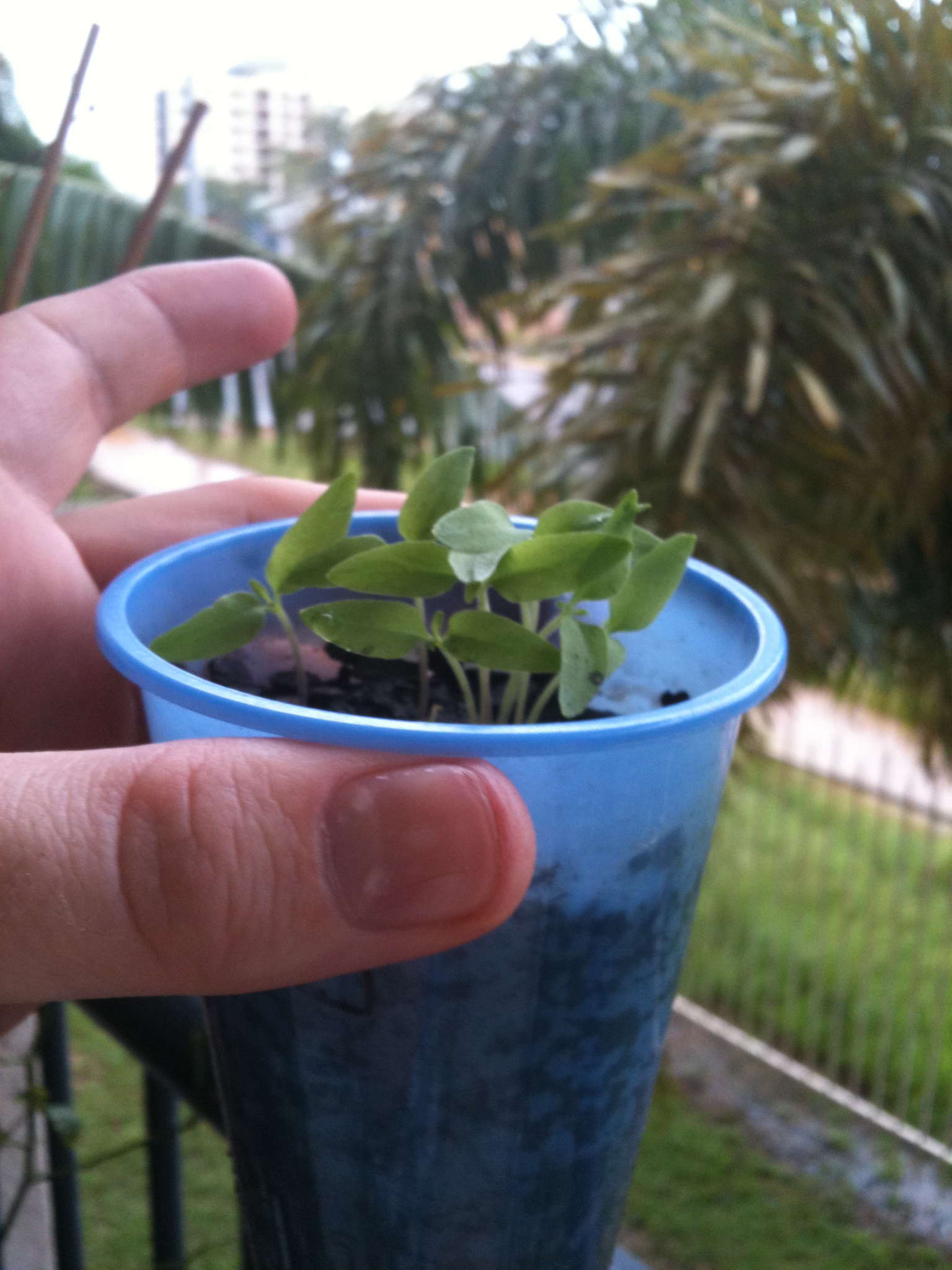


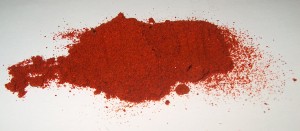

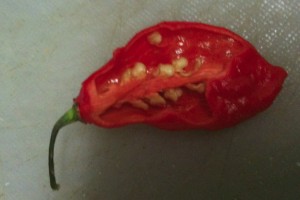 Once the seeds were extracted from the chili we had to soak them in water for 20min. This will make the seed softer and water the inner seed to start the growing process.
Once the seeds were extracted from the chili we had to soak them in water for 20min. This will make the seed softer and water the inner seed to start the growing process.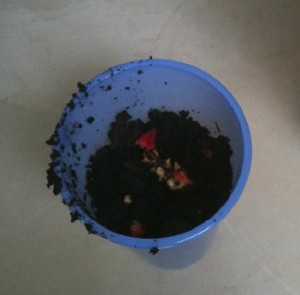


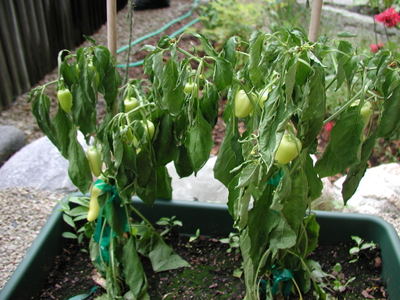
 benefits.
benefits.



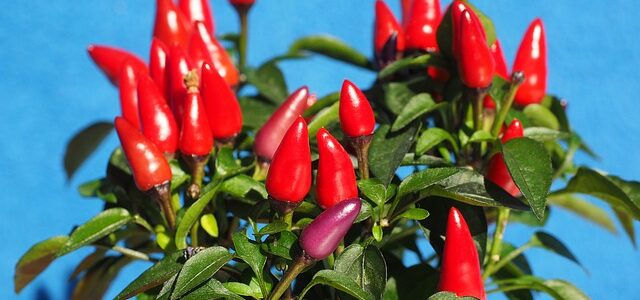


 chilli.
chilli.